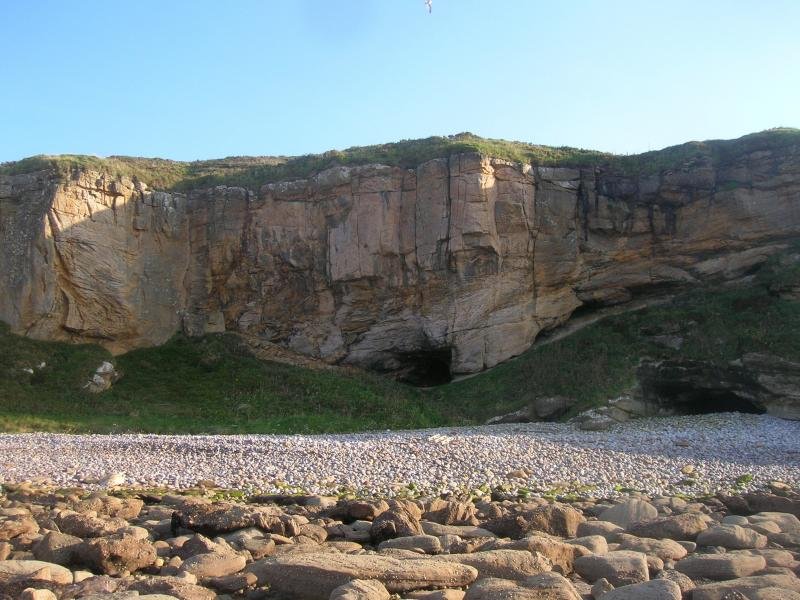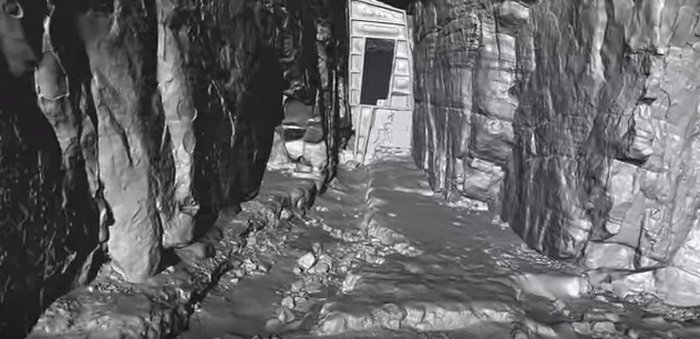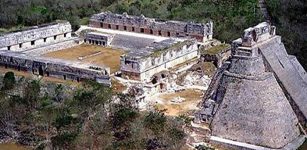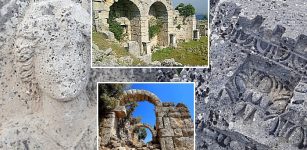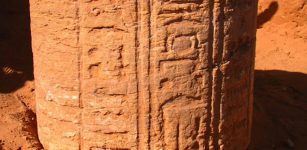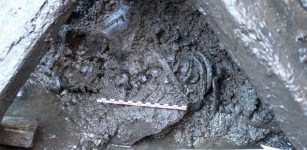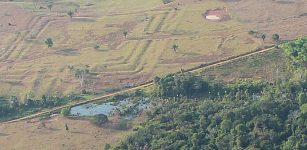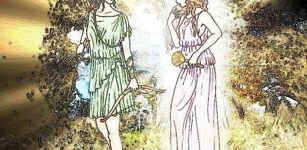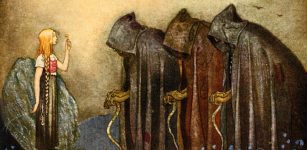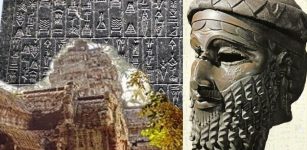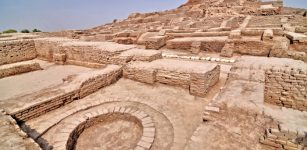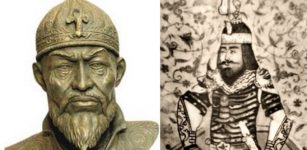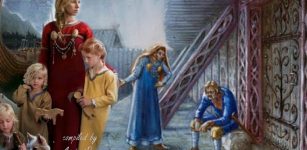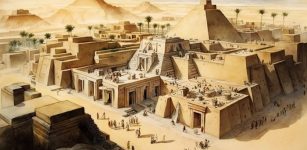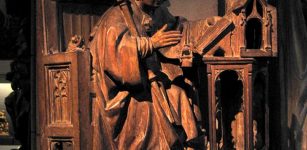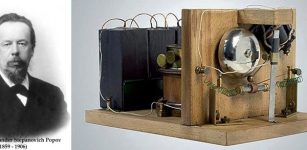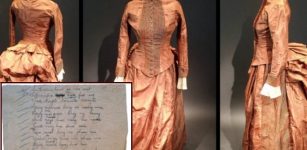Mysterious And Frightening Sculptor’s Cave Of The Picts Reconstructed In 3D Model
AncientPages.com - In ancient times the Sculptor’s Cave in Moray, Scotland was a place where many strange and unpleasant events took place. Today, it’s considered a site of great archaeological interest.
Sculptor’s Cave is a dark and frightening place situated between land and sea. It’s very difficult to access and it’s inaccessible at high tide. Our ancestors regarded it as place between the upper world and the underworld which is why the site was chosen for rituals and other gatherings. It’s possible the cave was once center for funerary rites.
Sculptor’s cave - Image credit: Scottish Heritage
Archaeologists have unearthed remarkable artifacts of Late Bronze Age date including several bronze armrings, ring money, a swan’s neck pin, pottery and worked bone.
The entrance of the Sculptor’s Cave, the inside of which was recently digitilised. Credit: The Sculptor’s Cave Publication Project
Researchers have also discovered a very large quantity of human remains, predominantly those of children. Pictish symbols have been found on the walls. This was a place used by Picts, the mysterious people of Northern Scotland and most likely Druids as well.
We now have the opportunity to see what the Sculptor’s Cave really looks like from the inside.
A 3D reconstruction of the Sculptor’s Cave - Credit: University of Bradford
A new project, funded by Historic Environment Scotland and carried out by Professor Ian Armit and Dr Lindsey Büster at the University of Bradford, has created a high-resolution animated model of the cave.
See also:
Picts: Facts And History About Mysterious People Of Northern Scotland
Obscure History Of Skara Brae – Home To Dwarfs
Through laser scanning and structured light scanning, the details of the cave have been digitally preserved to allow for more in-depth exploration of the cave – and the Pictish symbols – no matter whether the tide is high.
“The Sculptor’s Cave is a fascinating location, known for decades for the richness of its archaeology and for the unusual Pictish carvings around its entrance,”said Professor Armit of Bradford’s School of Archaeological and Forensic Sciences.
“This walk-through animation allows us to study the carvings in detail, and to present this inaccessible site to the public through online and museum displays. It also ensures that we can preserve the cave and the carvings digitally for future generations to study.”
AncientPages.com
Expand for references
